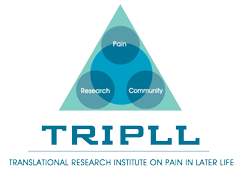Impact of frailty on chronic pain, activities of daily living and physical activity in community-dwelling older adults: A cross-sectional study.
Patricia Kim2018-09-26T17:12:10-04:00Abstract AIM: The present cross-sectional study investigated the relationship between frailty and chronic pain, activities of daily living (ADL), and physical activity in community-dwelling older adults. METHODS: Participants were 379 older adults who attended community-based exercise classes. Outcome measures were frailty as determined by the Kihon Checklist, full pain assessment (including the sensory, emotional and cognitive aspects of pain), ADL and physical activity. These outcomes were evaluated using validated tests and instruments. Assessments were carried out before beginning the exercise classes. Outcome measures were compared for participants with and without frailty. Frailty was defined as a total Kihon Checklist score [...]
